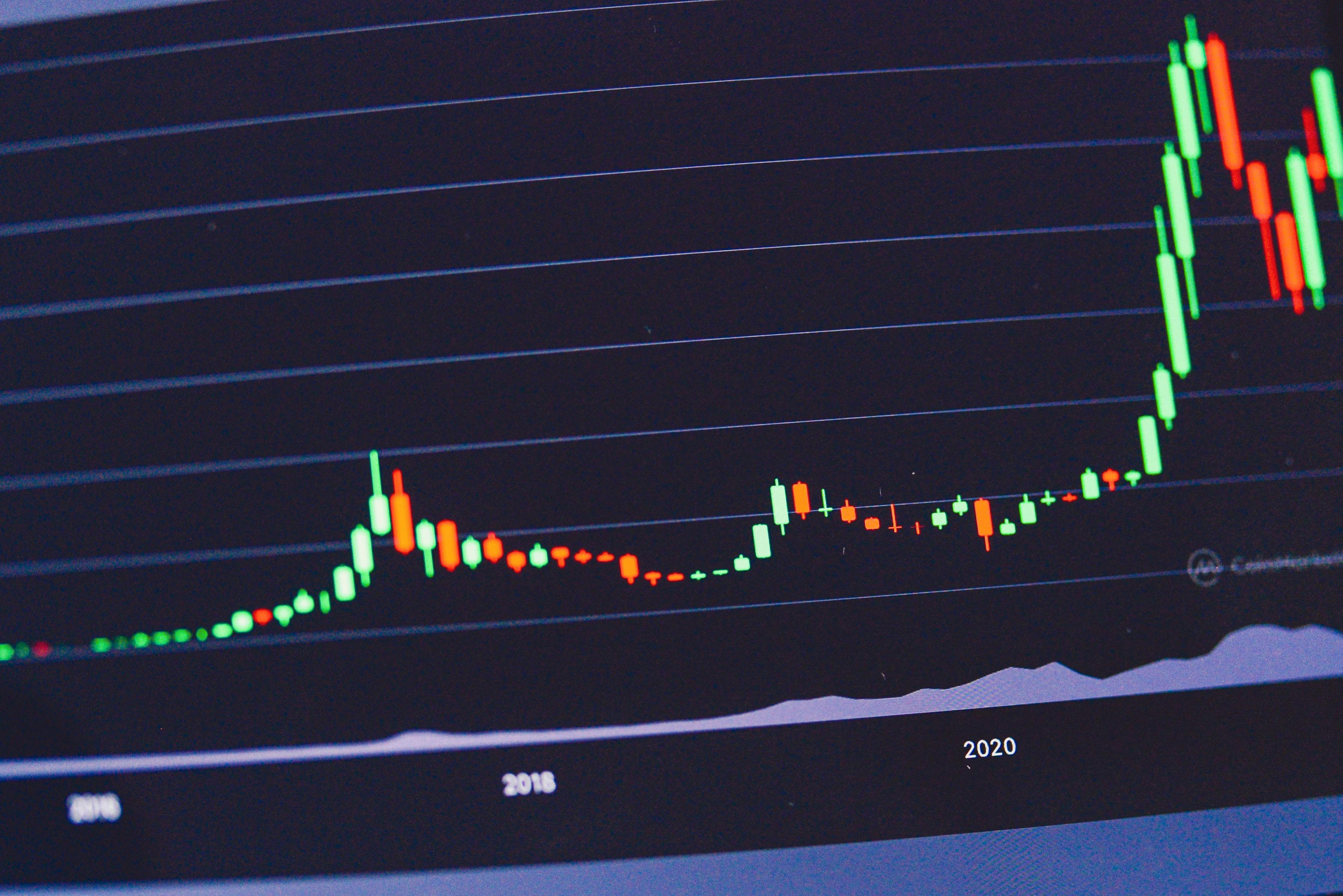Parala, 17 June 2024
Asset allocation trends – May 2024 update

The importance of getting the asset allocation decisions right has long been engrained in the thinking of investors and financial professionals. The difficulty has been how to get outside the realm of the subjective and have an approach that delivers consistently. A large body of academic research – much of it by my partners and co-founders of Parala – has long identified that understanding the state of the macro-economy and how it is evolving can be very useful in determining investment asset returns. At Parala, our combined skills and pioneering insights on financial market behaviour has resulted in a state-of-the-art investment methodology and technology called AlphaPredictor® which is able to forecast the movement of security prices by modelling the correlation of macroeconomic variables to individual assets and to factors that have been shown to drive market performance. It is distinguished by its ability to learn and adapt across time and to quickly respond to fast-changing landscapes.
The heatmap below covers 10 major asset classes. It shows a 3-month ahead view of expected performance through April 2023 as well as the previous forecasts. The investor currency for the expected returns is USD. Each forecast reflects the latest macroeconomic and risk factor changes prior to the forecast date.
What is our model telling us about key developments across asset classes for the coming months? A good place to start is considering some of the key macro trends that we have recently observed:
- The probability of a recession, as measured by professional forecasters, decreased for China, the Eurozone, Japan and the USA
- The industrial metals index increased 13.6% on a year-over-year basis with recent price rises reflecting new sanctions prohibiting Russia metal exports and improving business activity
- The US industrial production index declined slightly on a year-over-year basis and has seen very little growth in 2023 and 2024 as the manufacturing sector has languished
- Indicators of credit risk remained low and equity investor uncertainty, as measured by the VIX index declined 17%
- The US volatility risk premium increased which implies higher expectations for US equity returns because investors require a larger premium for assuming equity risk
- The 10-year versus 2-year yield curve inversion, which typically indicates heightened expectations of a recession, increased slightly as 10-year government bond yields declined relative to 2-year yields
- Core inflation, excluding volatile food and energy prices, continued to moderate on a year-over-year basis
These macro variables and many others are part of the information set used in AlphaPredictor® to generate forecasts which can then be distilled into rankings and the heatmap below. A nice thing about the table is that it can be used to assess the relative attractiveness of different asset classes at a point in time as well as trends in individual asset class expectations across time with the more attractive potential returns in light blue and the less attractive in dark blue.
So, what are the observable trends and what might we expect in terms of asset class relative returns over the next 3 months?
Here are some takeaways:
- Over the last 12-months, equities and gold had better expected return rankings than bonds
- Global developed market equities have a higher expected return than emerging market equities
- Gold has the highest expected return ranking among alternative assets
- Global high yield bonds have a higher expected return ranking than both global treasuries and global investment grade corporate bonds
Our state-of-the-art investment model is constantly learning and adapting to changing macroeconomic and market conditions. Next month, we will provide an update to our 3-month ahead view and take a deeper look into another asset class. Until then…..